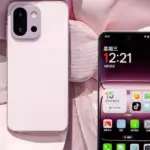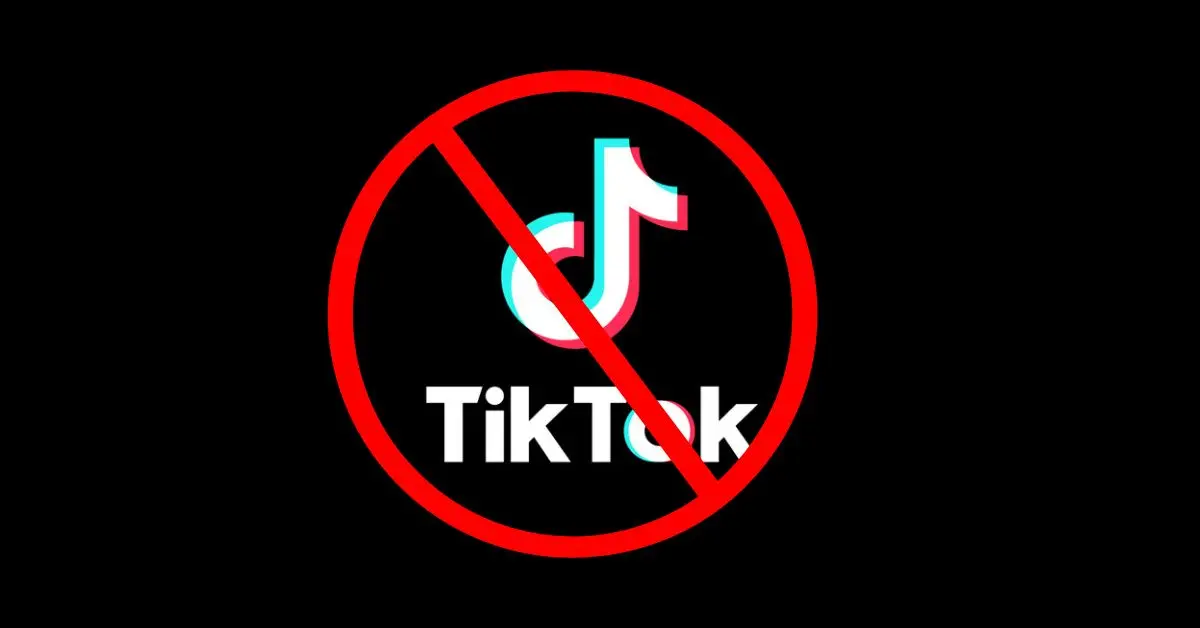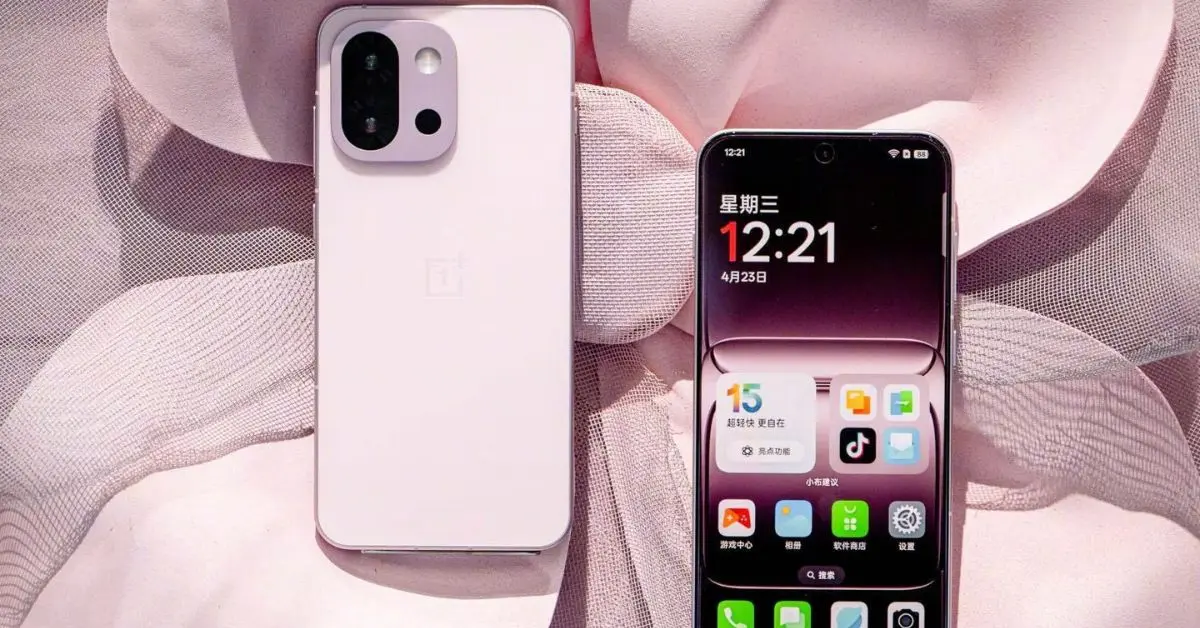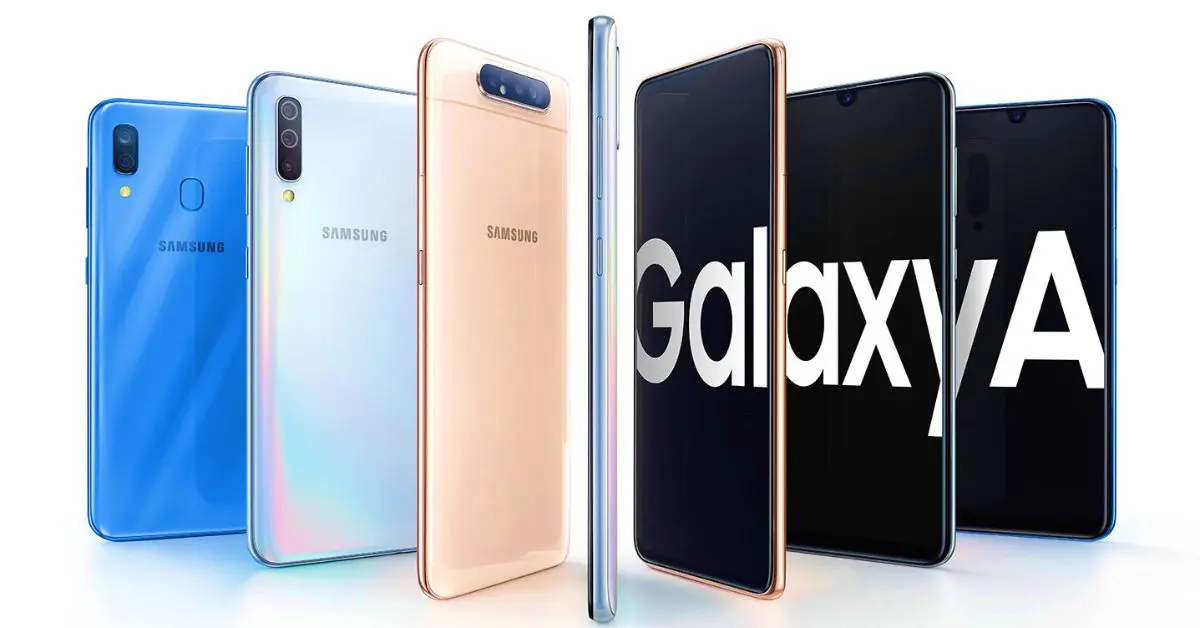The TikTok ban in the US is now official. On Saturday night, the popular short video platform went offline, leaving millions of users in shock. With around 170 million users in the country, TikTok’s absence marks a significant shift in the digital landscape, raising concerns for influencers, content creators, and businesses that depend on the app for engagement and revenue.
TikTok Goes Dark Before the Ban
TikTok became inaccessible in the US on Saturday night, just hours before the nationwide ban took effect. The app was removed from both Apple’s App Store and Google Play Store, preventing new downloads and updates. The move follows ByteDance’s refusal to sell TikTok’s US operations, a demand made by lawmakers who cited national security concerns over its ties to China.
The decision comes after Congress passed a law in April 2024, which was then signed by President Joe Biden. The Supreme Court upheld the decision, reinforcing the ban. Without regular updates, TikTok could soon face technical glitches and security vulnerabilities, making its return even more uncertain.
TikTok acknowledged the ban by displaying a message to users, assuring them that efforts were being made to restore access. Meanwhile, ByteDance has communicated with its employees about the challenging situation and potential steps forward.
Efforts to Save TikTok
Former President Donald Trump, set to take office on Monday, has hinted at a possible 90-day extension to explore solutions. While Trump previously criticized TikTok, he appears more supportive now, given the platform’s popularity during his 2024 presidential campaign.
TikTok CEO Shou Chew has actively sought Trump’s backing, hoping for a resolution that could keep the app operational. Trump has suggested that he may delay the ban temporarily, though it remains unclear if his administration will fully reverse the decision.
ByteDance, however, has remained firm in its stance against selling TikTok to an American company, arguing that such a move is neither viable nor in their best interest. Meanwhile, tech giants like Apple and Google have already removed TikTok from their platforms to comply with the new regulations.
TikTok’s Impact and Emerging Alternatives
The ban has created a ripple effect in the social media ecosystem, leaving many influencers and businesses scrambling to find alternative platforms. Some of the emerging alternatives gaining traction include:
- Xiaohongshu (RedNote): A Chinese social media platform that combines e-commerce and content sharing.
- Lemon8: Another ByteDance-owned app that is quickly rising in popularity.
- Instagram Reels & YouTube Shorts: Two major platforms that offer similar short-video content, attracting former TikTok users.
While some users have already transitioned to these alternatives, others are still hopeful for TikTok’s return.
The Political Debate Around the Ban
The TikTok ban remains a hot topic among US lawmakers. Republican senators have consistently pushed for its removal, labeling it a “spy app” due to alleged data privacy risks. They argue that TikTok’s Chinese ownership poses a national security threat by potentially exposing US user data to foreign surveillance.
On the other hand, some analysts and politicians believe that TikTok could make a comeback. Ongoing discussions between ByteDance and potential US-based investors continue, offering a glimmer of hope for a future resolution.
In addition, ByteDance recently received a merger proposal from Perplexity AI, a US-based artificial intelligence company interested in acquiring TikTok. If a deal is finalized, it could pave the way for TikTok to legally operate in the US under American ownership.
What This Means for Users
For millions of users, the TikTok ban disrupts their daily digital routines. Content creators, especially those who rely on TikTok for income, are forced to shift their strategies to other platforms. Small businesses that use TikTok for marketing and engagement must now look for alternative ways to reach their audience.
Despite the ban, VPN services have seen a surge in usage as users attempt to bypass restrictions. However, relying on VPNs for TikTok access may not be a long-term solution as stricter enforcement measures could follow.
The Final Words
The US TikTok ban has left millions of users frustrated and uncertain about the platform’s future. While there is hope that the incoming Trump administration might extend the deadline, nothing is guaranteed. The situation underscores broader concerns over data privacy, national security, and digital platform regulations.
As users explore alternative platforms like Instagram Reels, YouTube Shorts, and Xiaohongshu, the social media landscape is undergoing a transformation. The next few weeks will be crucial in determining TikTok’s fate in the United States. Until then, the millions who relied on TikTok must adapt to this unexpected change in the digital world.








